Chicken prices going up? Food getting more and more expensive? Find out which prices of food have been increasing the most!
Food prices have been a concern lately for most Malaysians. The Department of Statistics just reported that inflation hit 3.4% in June 2022 due to higher food prices, growing by 6.1%.
Spending more on food is going to affect ordinary Malaysians, this would be especially challenging for individuals in the B40 category.
Find out which food items price increases have been the highest in the first half of 2022.
Contents
Our Data Source
The article mainly utilises data from the Consumer Price Index of December 2021 and June 2022 issued by the Department of Statistics Malaysia (DOSM).
DOSM regularly compiles the prices of goods and services that households normally buy every month. A wide variety of things are included in this survey and the consumer price index is considered a good reflection of prices for you. In particular, DOSM publishes price indexes of more detailed items such as flour, rice, meat, seafood and other food items.
This article will compile the growth rate of food item price indexes from December 2021 until June 2022, examining the highest food price increases.
#1: Flour & Cereal Grains
Flour and cereal grains price increase was the highest of all the food products in Malaysia. From December 2021 to June 2022, they grew by a whopping 10% in just 6 months, being the only food products that grew by double digits.
With the continuation of the conflict between Russia and Ukraine, grains has been in short supply. This has led to prices of grain and flour increasing sharply over the past 6 months.
Wheat prices have increased by as much as 41.2% from $771 in December 2021 to $1088 in May 2022. There is good news on the horizon as prices have since dropped to $796 in July 2022 after a deal was signed between Russia and Ukraine, which allowed grains to be exported through the Black Sea.
#2: Milk
That’s right, the price of milk such as Dutch Lady and Farm Fresh is actually increasing, Evaporated and condensed milk prices have increased by 7.1% from December 2021 to June 2022, while the price of fresh milk has increased by 4.9%.
Again, the Russia-Ukraine conflict is the root cause of this, resulting in high prices for crude oil and animal feed (wheat, corn, barley). The higher crude oil prices have increased the cost of transportation for milk. Cow feeds such as wheat, corn and barley, are also more expensive which increases the cost of producing milk.
Both Dutch Lady and Farm Fresh have increased the prices of their milk, citing higher raw material prices due to the conflict. The price hike of milk could also affect the price of drinks in your favourite kopitiam.
#3: Meat & Poultry
Chicken, beef, pork, and other poultry meat comes in at number 3 for the highest food price increase. From December 2021 to June 2022, frozen meat and fresh meat prices increased by 6.1% and 5.2% respectively.
Remember the ban on exports of chicken to Singapore? This price increase is related to that, as increase in animal feed prices lead to a shortage in chickens in Malaysia. The Malaysian government had to step in to increase the ceiling price of chicken from RM8.90 to RM9.40, so that chicken sellers could cope with the cost increase.
Meanwhile, the prices of beef and pork have also risen owing to higher animal feed prices and transportation costs.
#4: Potatoes
The humble potato is no stranger to shortages. Potatoes come in at number 4 for the highest food price increase, growing by 5.2% from December 2021 to June 2022.
Remember the french fries shortage in McDonalds and all the other fast food restaurants? Some have even coined it “Fry-tening”. This was caused by the shortage in potatoes as the U.S. struggled with a drought and shortage in labour due to the pandemic in the beginning of the year. This was further compounded by the conflict as Russia and Ukraine are also major producers of potatoes.
Malaysia mainly imports potatoes from overseas, importing a total of $72m in 2020. China makes up the biggest exporter of potatoes at 52.8% of Malaysia’s import of potatoes, while the United States is at fourth at 8.0% of Malaysia’s import.
#5: Spices
Yes, you heard right. Prices of spices grew quite sharply also, by 4.9% from December 2021 to June 2022. Spices here include ginger, saffron, turmeric, thyme, bay leaves, curry leaves, and other spices.
Much of the spices sold in Malaysia are imported from overseas. In 2020, Malaysia imported spices worth $181 million and exported only $24 million. The biggest supplier to Malaysia is China at 86.8% of total Malaysian imports of spices.
In April and May 2022, China implemented lockdown restrictions that forced factories to shut down or reduced their operational capacity. Shipping ports to transport products were also affected, and this reduced the supply and therefore increased the prices of spices in Malaysia.
#6: Coffee
This could be sad for you coffee lovers out there. Coffee comes in at number six, increasing by 3.9% from December 2021 to June 2022.
With the proliferation of café culture in Malaysia, coffee consumption has steadily increased throughout the years. According to Statista, coffee consumption increased from 625,000 bags (60kg bags) in 2013 to 800,000 bags in 2021. Malaysia remains a net importer of coffee, importing about $219 million worth of coffee in 2020, while exporting about $120 million to the world.
With the rising cost of transportation and challenging weather conditions, coffee prices such as for Arabica beans and Robusta beans have risen sharply from 2021 to 2022. Arabica coffee beans, which are the most common variant, increased in price from $125 in January 2021 to as high as $236 in January 2022, and has since stabilised to $219 in July 2022.
Conclusion
The recent increase in food prices mostly stems from the Russia-Ukraine conflict causing a supply shortage for either the items themselves or shortage of materials that form the supply chain for such food items. Consider switching to alternative food items that are less impacted by the shortages.
Understanding which food items are experiencing the highest price increases could help you in deciding what alternatives to switch to and planning your expenses.
Let us know in the comments below what food items are expensive to you now!

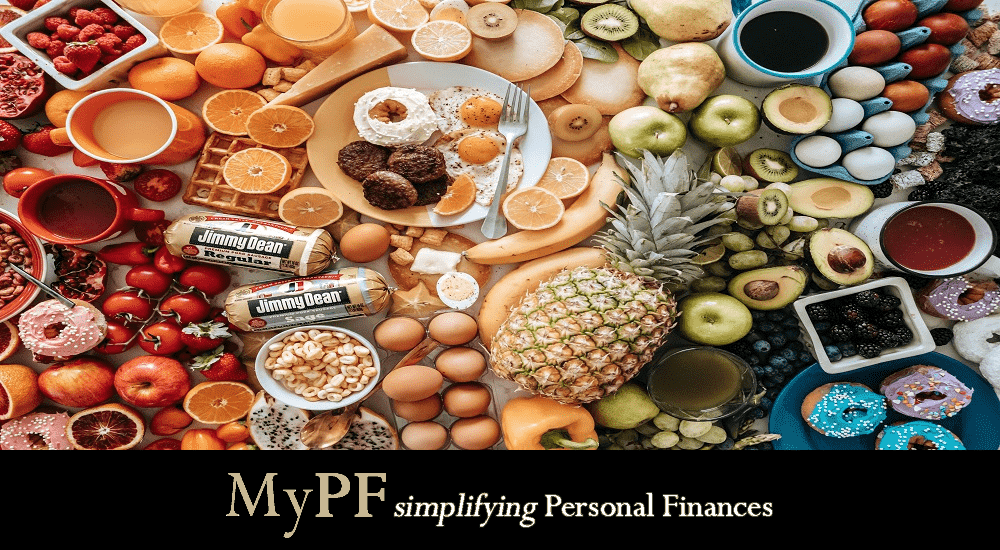
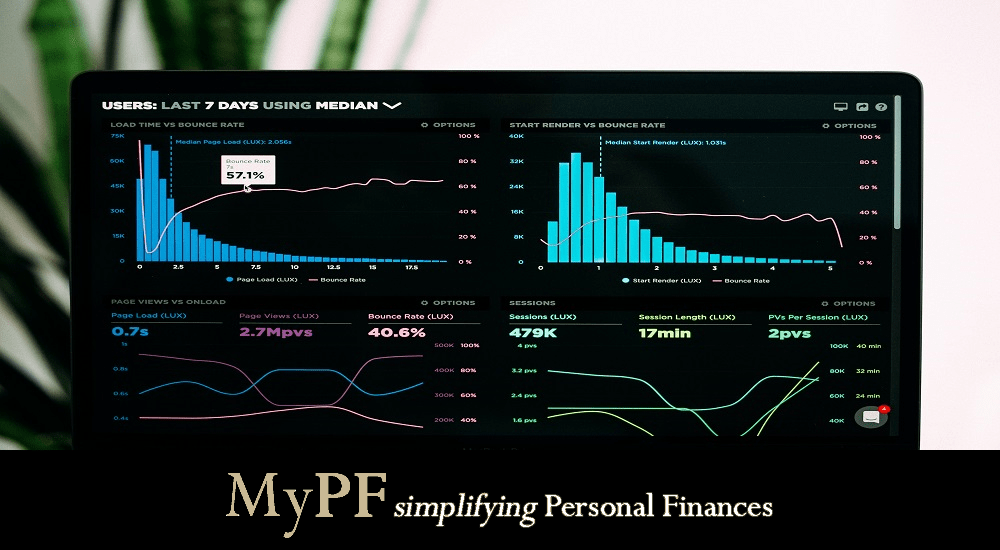
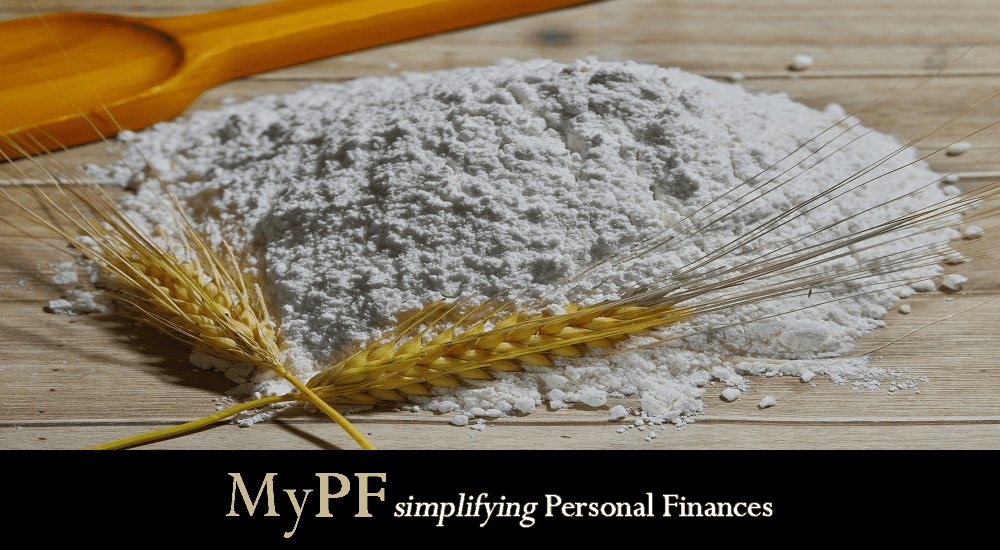

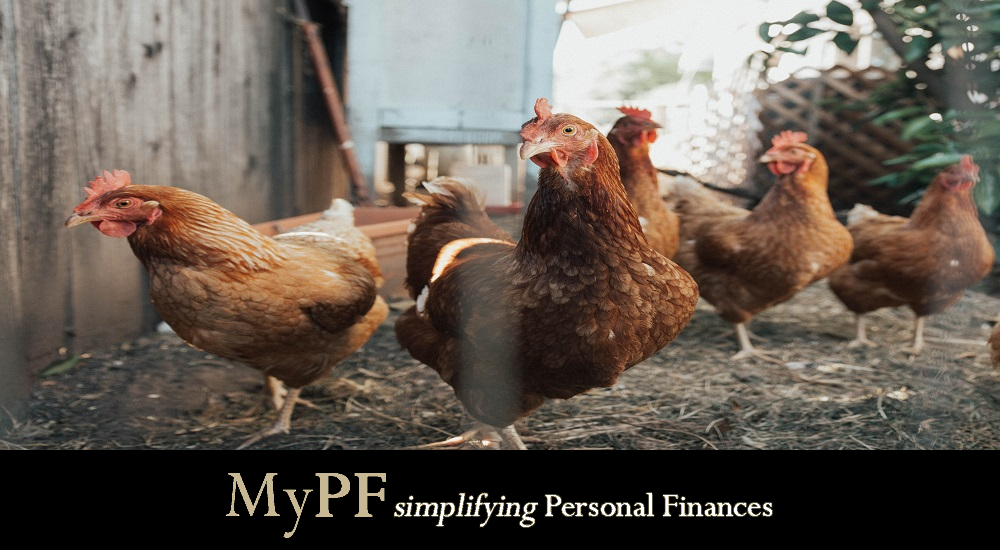
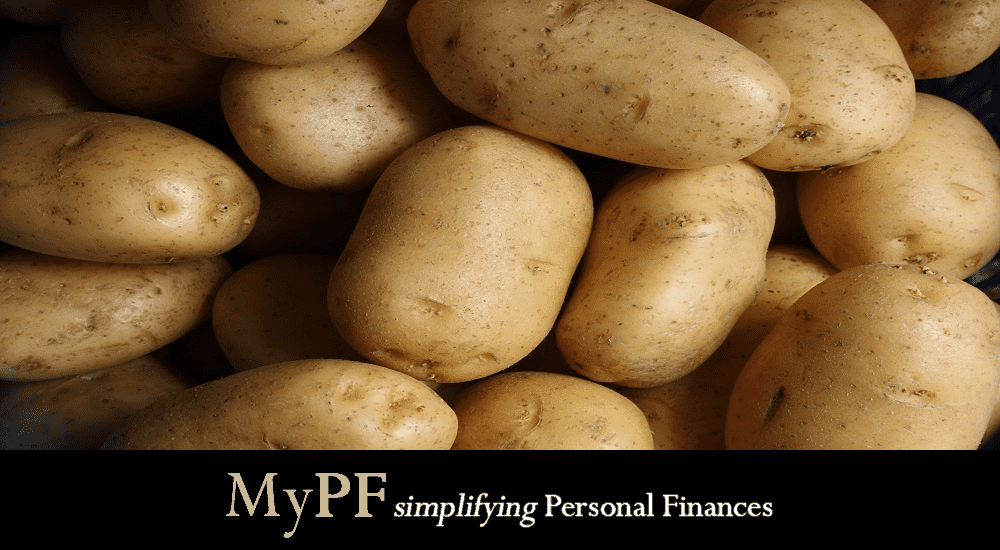
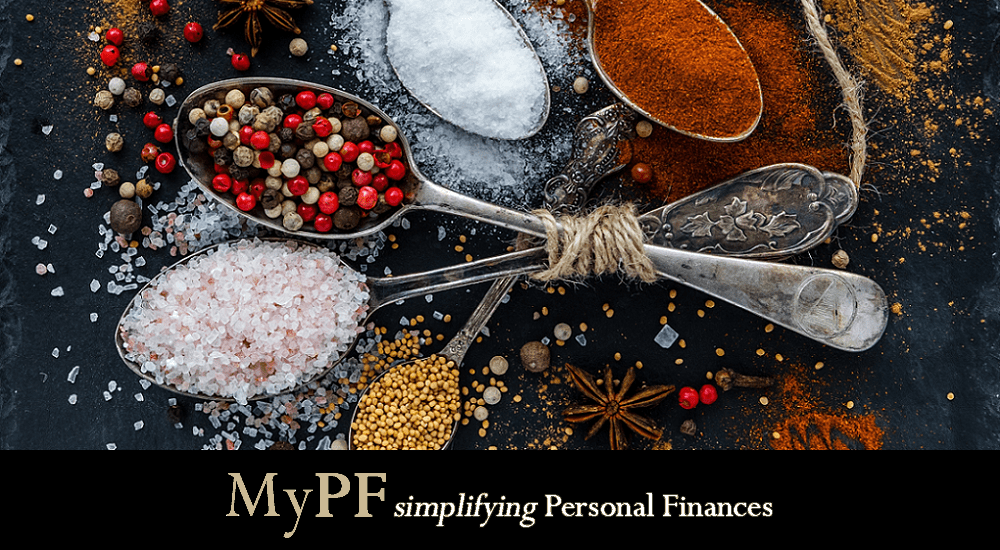




Leave A Comment